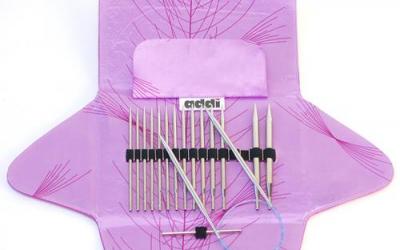Working with Sparrow--Our Favourite Linen Yarn
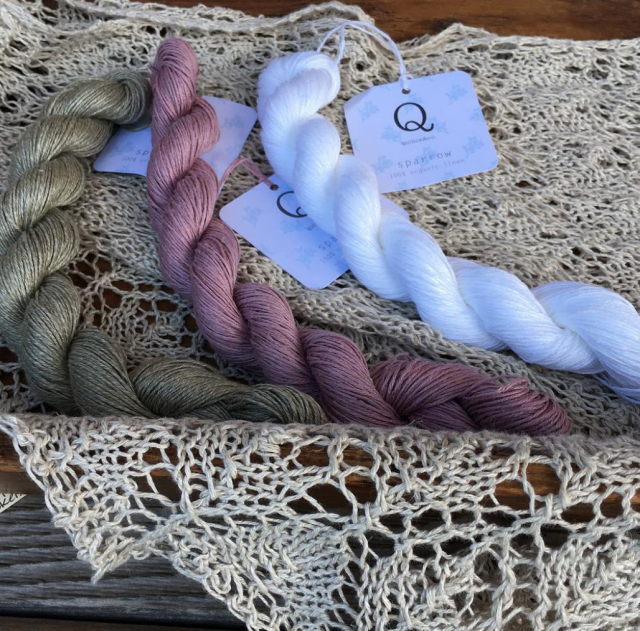
Quince & Co. Sparrow
Spring is in the air and we're thinking about knitting with Quince & Co. Sparrow, a beautiful 100% organic linen flax yarn--perfect for the warm weather months ahead. Sparrow is a versatile fingering weight yarn that can be knit in a wide range of gauges to create different fabrics textures. In the skein and during the knitting process flax has a cool crisp feel, but with every washing it transforms in softness and drape, just like woven linens. Because linen fibre is unlike wool, it requires some different knitting techniques, so we've compiled a few tips for working with Sparrow.
Working with Sparrow--Our Favourite Linen Yarn
Hand Wind Your Skeins. Unlike wool, linen is an inelastic fibre and, when wound on a ball winder, it tends to unwind from the centre and tangle. Take a bit of extra time to hand wind your linen, draw from the outside of the ball, and keep it contained and under control in a small project bag.
Swatch, Wash and Dry. Of course swatching is always recommended but with linen it is especially important. Linen fabric changes dramatically in both gauge, texture and drape when it is washed and dried in the dryer. The cellulose fibres in flax require a bit of roughing up and heat to develop the lovely soft drape of linen fabric. Shrinkage is minimal compared to wool but the fabric may actually grow a bit in length while decreasing in width.
Wood vs. Metal Needles/Relax. Linen stitches are inelastic and do not conform to the needle like wool. While we love metal needles for most projects, we prefer the less slippery wood needles for knitting with linen. Linen stitches can also appear much bigger than expected on a given needle size as well as having a very uneven appearance. That's why it is so important to swatch and then change needle size to get the necessary gauge rather than trying to over-tension the yarn while knitting. Once you have the proper needle size you can knit in a relaxed manner and know your garment, once washed and dried, will be perfect.
Before and After. Check out the before and after photos of the child's pink pinafore knit in linen. "Before" stitches look loose and uneven, not at all attractive. And the gauge is not correct for the pattern. If we hadn't swatched and seen the transformation, we would have abandoned this project. But the result after a machine wash and dry is perfect! Swatching assured us of this result!
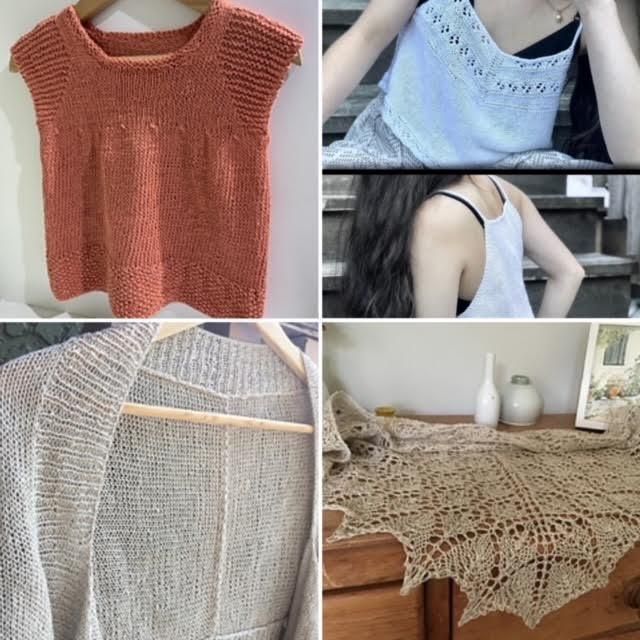
Top to bottom: Like Sleeves for Babies; Aya Tank Top; Wispy Cardi; Flower Basket Shawl
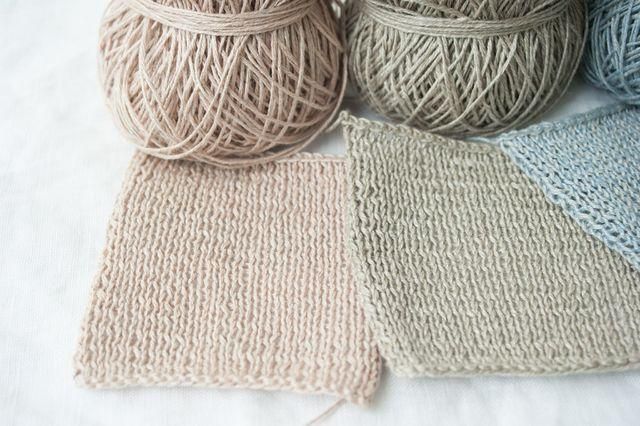
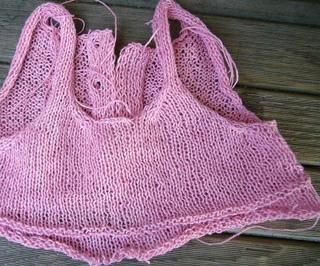
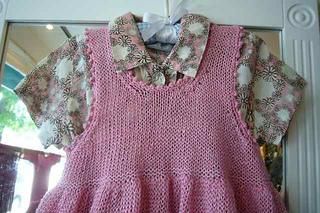
Here are just a few of the projects we've made in Quince & Co. Sparrow over the years. Details can be found on our Ravelry Project Page. Hope you enjoy the magic of knitting with linen as much as we do!
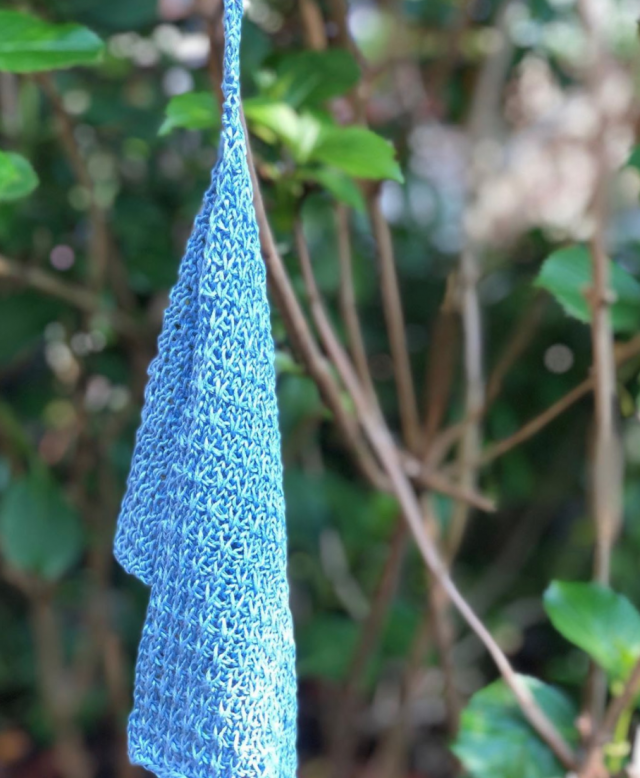
Waffle Stitch Washcloth

